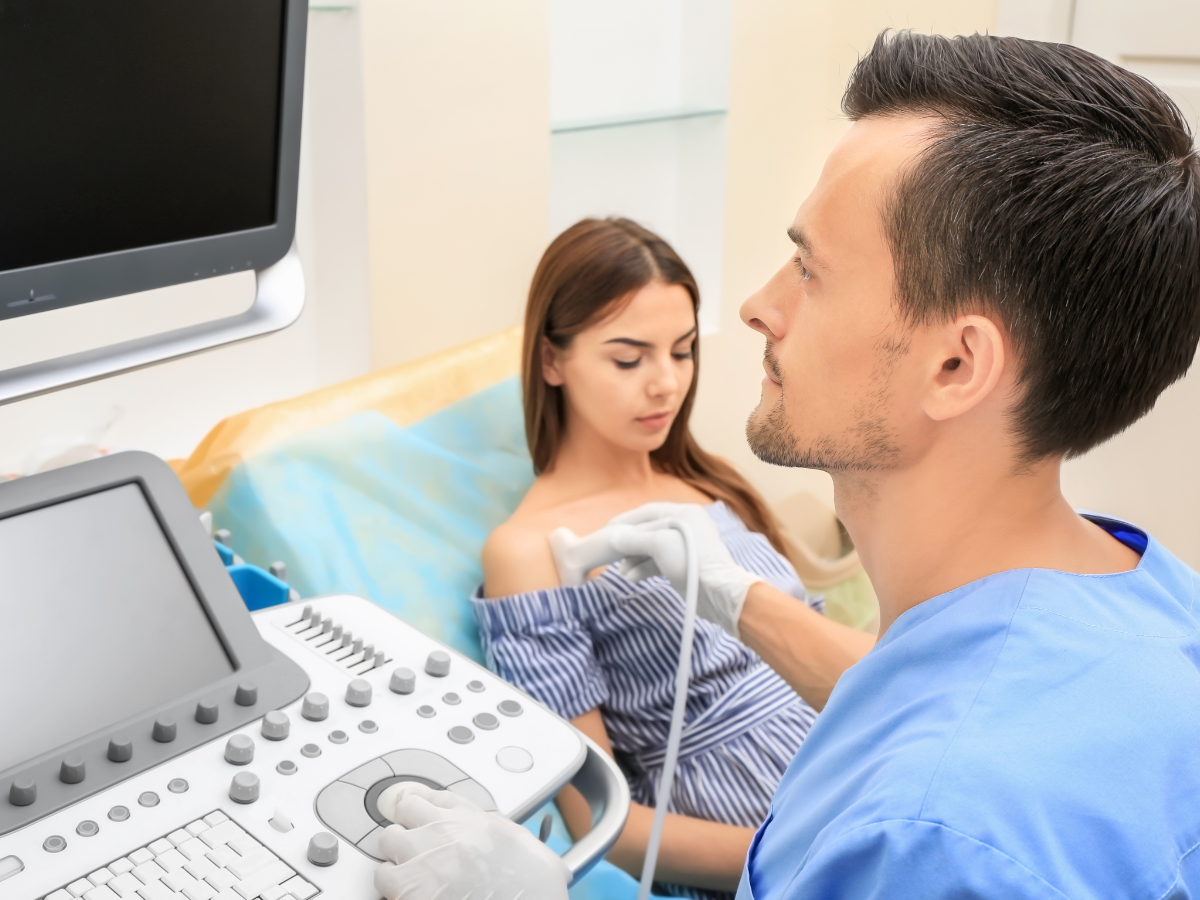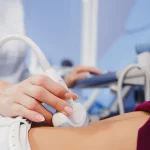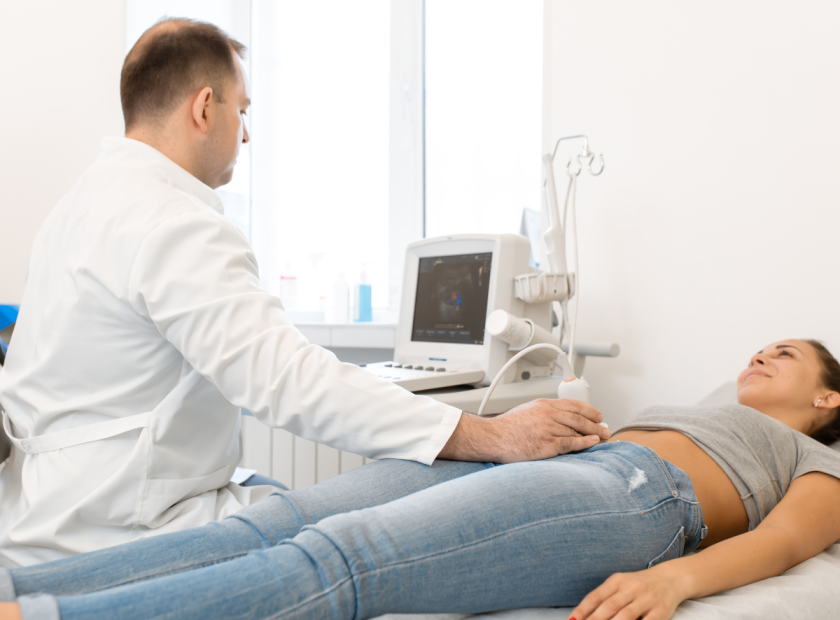Step-by-Step Guide: What to Expect During a Breast Ultrasound Scan
When it comes to breast health, early detection is crucial in identifying potential issues or abnormalities. Breast ultrasound scans have become a common diagnostic tool used to provide detailed images of the breast tissue. If you have been scheduled for a breast ultrasound scan, it’s natural to have a few questions and concerns about the procedure. In this step-by-step guide, we will walk you through what to expect during a breast ultrasound scan, ensuring you have all the information you need to feel prepared and at ease.
- Understanding the Importance of a Breast Ultrasound Scan:
Before diving into the details of the procedure, it’s essential to understand why a breast ultrasound scan may be necessary. This non-invasive imaging test is primarily used to investigate breast abnormalities found during a physical examination or a breast screening, such as a mammogram. Unlike mammograms, which use X-rays, ultrasounds utilize high-frequency sound waves to create images of the breast tissue. These images help healthcare professionals evaluate any lumps, cysts, or other changes in the breast that may require further attention.
- Preparing for the Breast Ultrasound Scan:
Preparing for a breast ultrasound scan is relatively simple. On the day of your appointment, wear comfortable clothing and avoid using talcum powder, deodorant, or any creams or lotions on your breasts or armpits. These products may interfere with the ultrasound images. It’s also advisable to arrive a few minutes early to complete any necessary paperwork.
- The Procedure – Step-by-Step:
During the breast ultrasound scan, you will be positioned lying on your back on an examination table. The ultrasound technician, known as a sonographer, will then apply a gel to your breast, which helps the sound waves travel more effectively. The sonographer will then use a device called a transducer to glide over your breasts gently, targeting specific areas of concern.
-
Step 1: The Preliminary Examination The sonographer will begin the scan by conducting a preliminary examination of the breast tissue. They will gently move the transducer across the skin, capturing images of different areas of the breast. This step helps establish a baseline and provides an overall assessment of the breast health.
-
Step 2: Focusing on Specific Areas To investigate any abnormalities further, the sonographer may concentrate on specific areas of concern identified during the preliminary examination. They will adjust the transducer accordingly to capture more detailed images of these areas.
-
Step 3: Close Examination During this step, the sonographer may apply slight pressure with the transducer to examine deeper tissues. This ensures a comprehensive evaluation of the breast, identifying any potential abnormalities that may not be visible in the initial images.
-
Step 4: Image Review Throughout the procedure, the sonographer will review the images in real-time, discussing any findings or concerns with you. This immediate feedback offers reassurance and gives you an opportunity to ask questions.
- Duration and Discomfort:
A breast ultrasound scan is a quick and painless procedure, typically taking around 15 to 30 minutes to complete. As the sonographer glides the transducer over your breast, you may feel slight pressure or mild discomfort. However, most individuals find the process bearable and pain-free.
- After the Breast Ultrasound Scan:
Once the breast ultrasound scan is complete, you may wipe off any remaining gel. The sonographer will then review the images and may discuss preliminary findings with you. It’s important to note that the sonographer may not be able to provide a conclusive diagnosis immediately as the images often require interpretation by a radiologist or breast specialist.
- Conclusion:
A breast ultrasound scan is an invaluable diagnostic tool in assessing breast health. By familiarizing yourself with the step-by-step process, you can approach the procedure confidently and with a clear understanding of what to expect. Remember, early detection is key, so do not hesitate to consult with your healthcare provider regarding any breast concerns or abnormalities.





